Running an ecommerce store these days? You are aware that this is not easy. Everyone is rushing to obtain more clicks, more customers, more everything. Still, try not to sweat it! Good marketers understand you require more than simply a beautiful website. It’s all about applying the correct marketing techniques—from running focused advertisements on Instagram like Nike to optimizing pages with Plerdy’s heatmaps. See each strategy as a tool in your marketing toolkit. And avoid only following trends; experiment, discover what works for your brand, and keep ahead of your rivals. Give customers that vibe; people adore brands that seem modern and interesting, hence they will continue to visit! 🚀
What is Ecommerce Marketing?
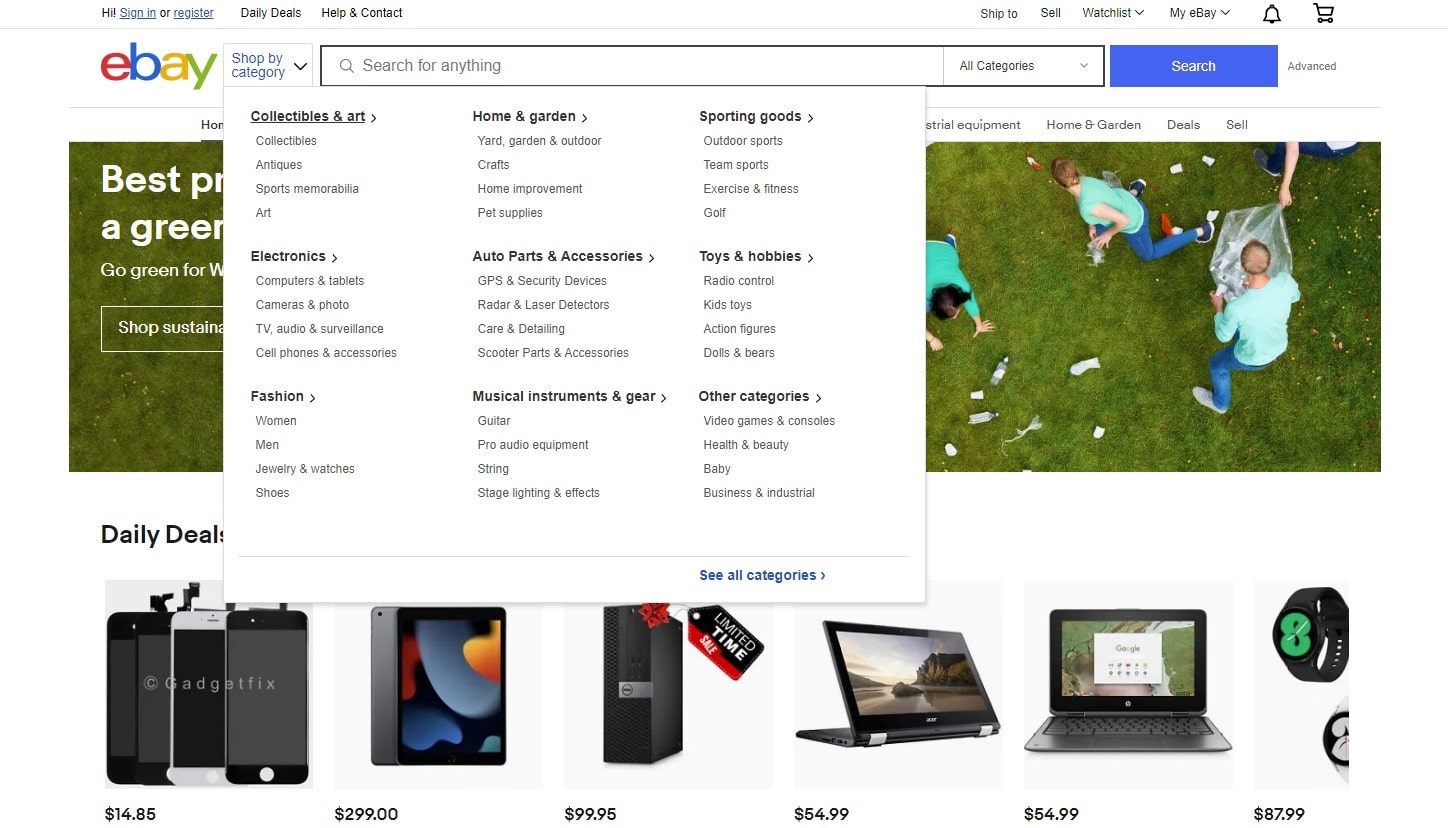
Definition and Scope
Getting consumers to your online store and converting their visits into sales drives everything in ecommerce marketing. In the digital age of today, it’s not only about having a strong product; it’s also about properly reaching the correct audience. Consider it as developing a relationship: by means of several web platforms, you generate touchpoints that direct the customer through their purchase process. From finding your products on Google to spotting an ad on Instagram, every action counts. The intention is Boost traffic, drive revenue, and foster confidence. Though it’s not simple, it does work with the correct tools and techniques.
Key Marketing Channels Overview
When it comes to ecommerce marketing, various channels are rather important. For increasing brand exposure and interacting with your audience on sites like Facebook and TikHub, you have social media marketing. Email marketing then enables tailored offers to keep customers in the loop. Targeting individuals actively looking for what you provide, PPC (Pay-Per- Click) advertising increases awareness. Behind-the-scenes SEO, sometimes known as search engine optimization, ranks your website higher. And lastly, content marketing creates reputation and value that attracts naturally occurring visitors. Every channel serves a different function, hence employing them all together counts.
Essential Ecommerce Marketing Channels
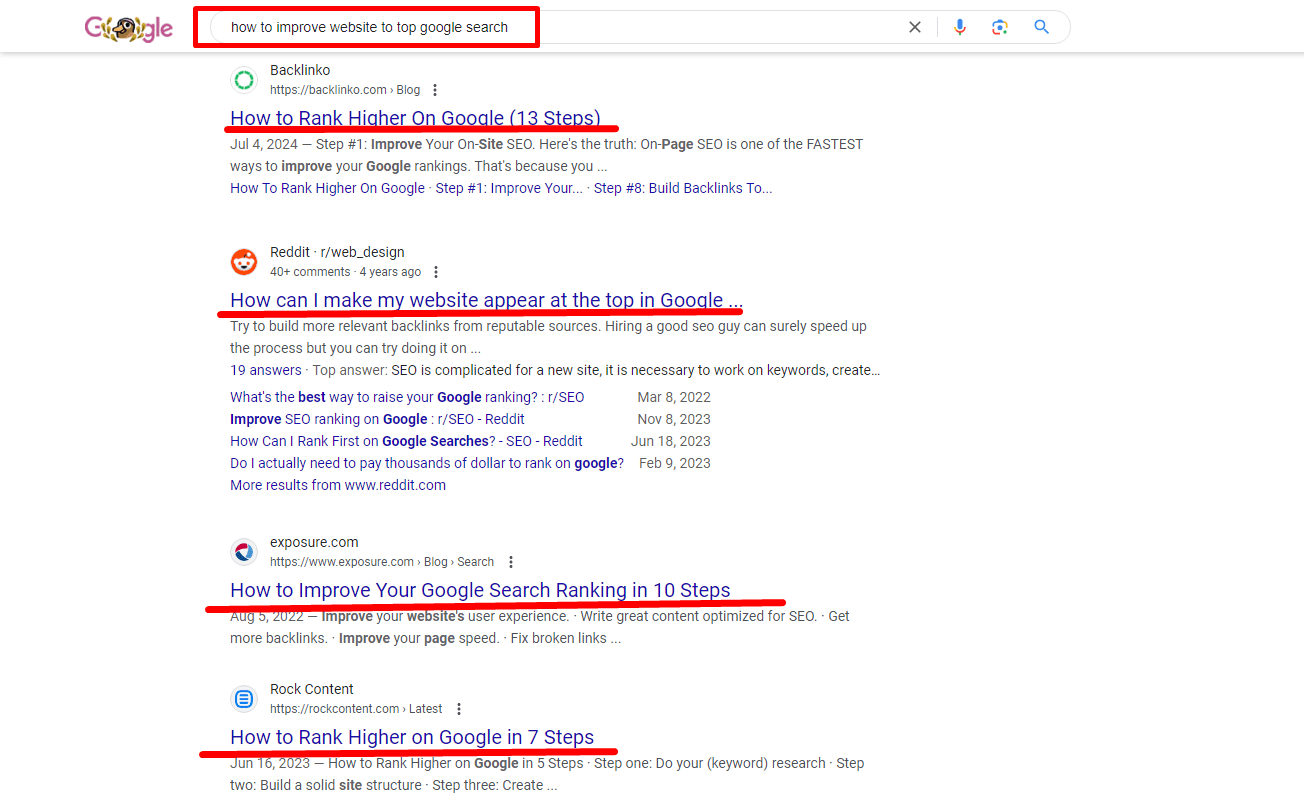
Social Media Marketing
Your ecommerce marketing will show best on social media. Reaching your customers is quite easy with websites like Facebook, Instagram, and TikHub. Engagement—getting comments, likes, shares—is everything. For what purpose? Your audience grows more devoted the more involved they are. Remember also the creation of reels, tales, even live videos. These maintain your brand awareness and aid to make the link more intimate. It’s not only commercials; it’s dialogues.
- Post regularly to keep the customer in front of mind.
- Reaching fresh audiences using hashtags
- Respond to DMs and comments fast to foster trust.
Email Marketing
Emails are akin to direct customer correspondence. Personalized emails are the finest since they make people unique rather than merely another email on the list. Customers might be broken apart according to their interests, purchase behavior, or website interaction. Send them then offers or updates relevant to them. You build devoted customers in this way. Must-haves in ecommerce marketing also are automated emails for abandoned carts or follow-up after purchases.
- Send welcome series to recently added members.
- Personalize your subject lines to raise open rates.
- Try several call-to-actions to see which motivates clicks.
Search Engine Optimization (SEO)
Your ecommerce website is mostly composed on SEO. Good SEO guarantees that Google or another search engine finds you naturally. You have to maximize structure, mobile friendliness, website speed, and keywords as well. Consider what searches your consumers run and respond to those questions. Additionally keep an eye on your traffic and modify your plans using analytics tools as Google Analytics.
- Improve product descriptions with pertinent keywords.
- Create excellent blog entries tackling customer problems.
- Emphasize link building to increase the legitimacy of your website.
Crafting a Winning Ecommerce Marketing Strategy
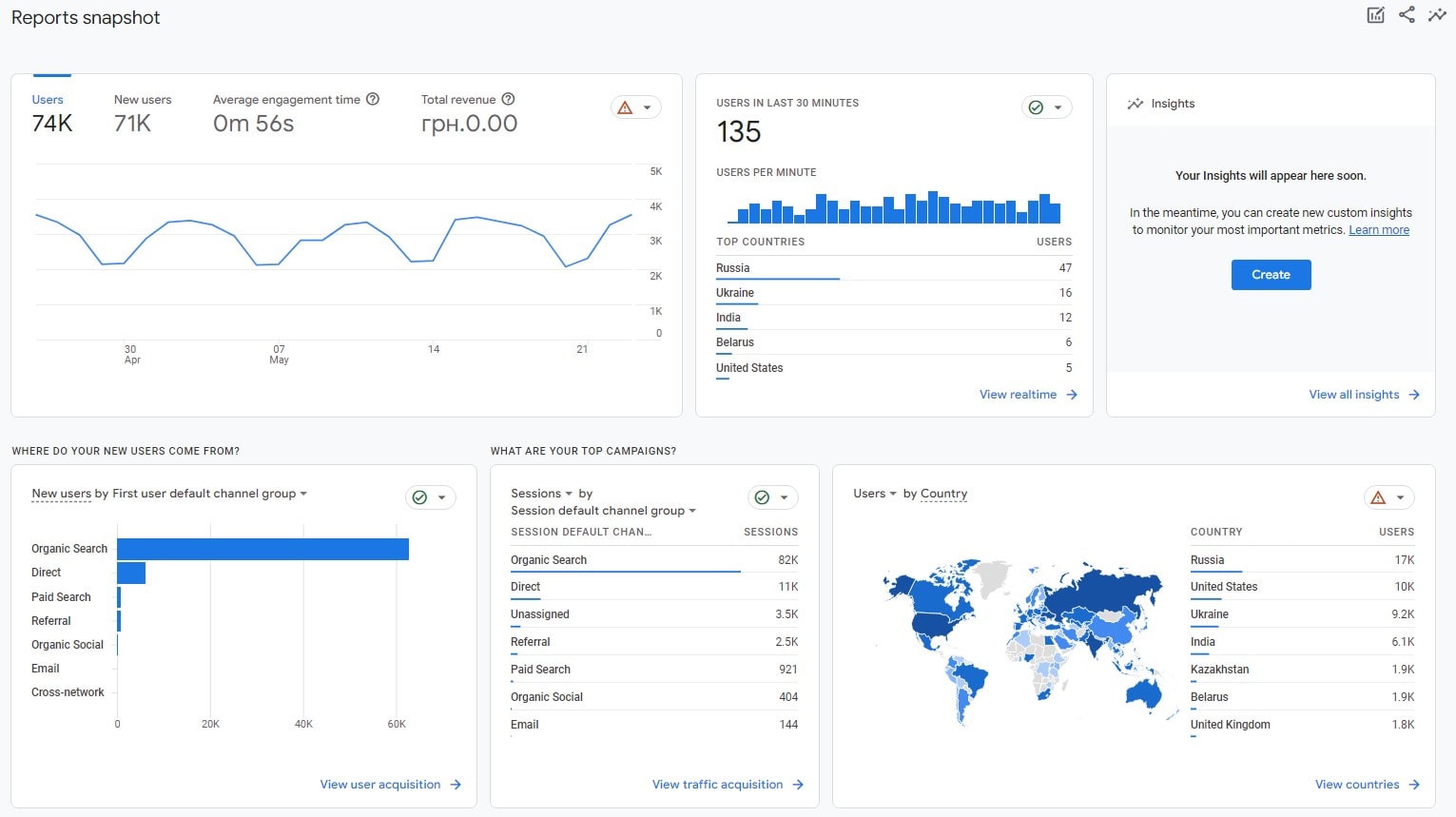
Setting Clear Goals and KPIs
Clearly defined goals are absolutely crucial while developing an ecommerce marketing strategy. You have to decide where you wish to travel. Perhaps your goals are, for instance, raising customer involvement, improving sales, or expanding your email subscribers list. Every one of these objectives calls for Key Performance Indicators (KPIs). Consider them as road signs—metrics include average order value, click-through rates, or customer acquisition cost. They assist in your determining whether your course is correct. Tracking these KPIs using tools like Plerdy and Google Analytics can help to keep current on your marketing development. Check often and, if needed, modify plans.
Understanding and Segmenting the Target Audience
Being successful in ecommerce mostly depends on knowing your customers. Not everyone is unique, right? You thus have to segment them and develop buyer personas. Consider the purchases your customers are making, their age, residence, or even their online behavior. A buyer of high-end devices, for instance, will not react to the same marketing as one interested in sustainable items. Customize your message using purchase habits and browsing activity. Your customer-oriented marketing will be better the more familiar your target is.
Choosing the Right Channels
The optimal outlets for your ecommerce marketing will rely on your target market and product line. Marketing fashion products? Your two key platforms may be Pinterest and Instagram. If it is tech devices, concentrate on YouTube or Reddit. Invest in SEO for long-term outcomes; PPC ads can help if you want rapid increases. The secret is juggling several channels. Combine tactics: social media, content, and email campaigns. Try to determine which clicks best for your audience.
Advanced Tactics for Increasing Conversions
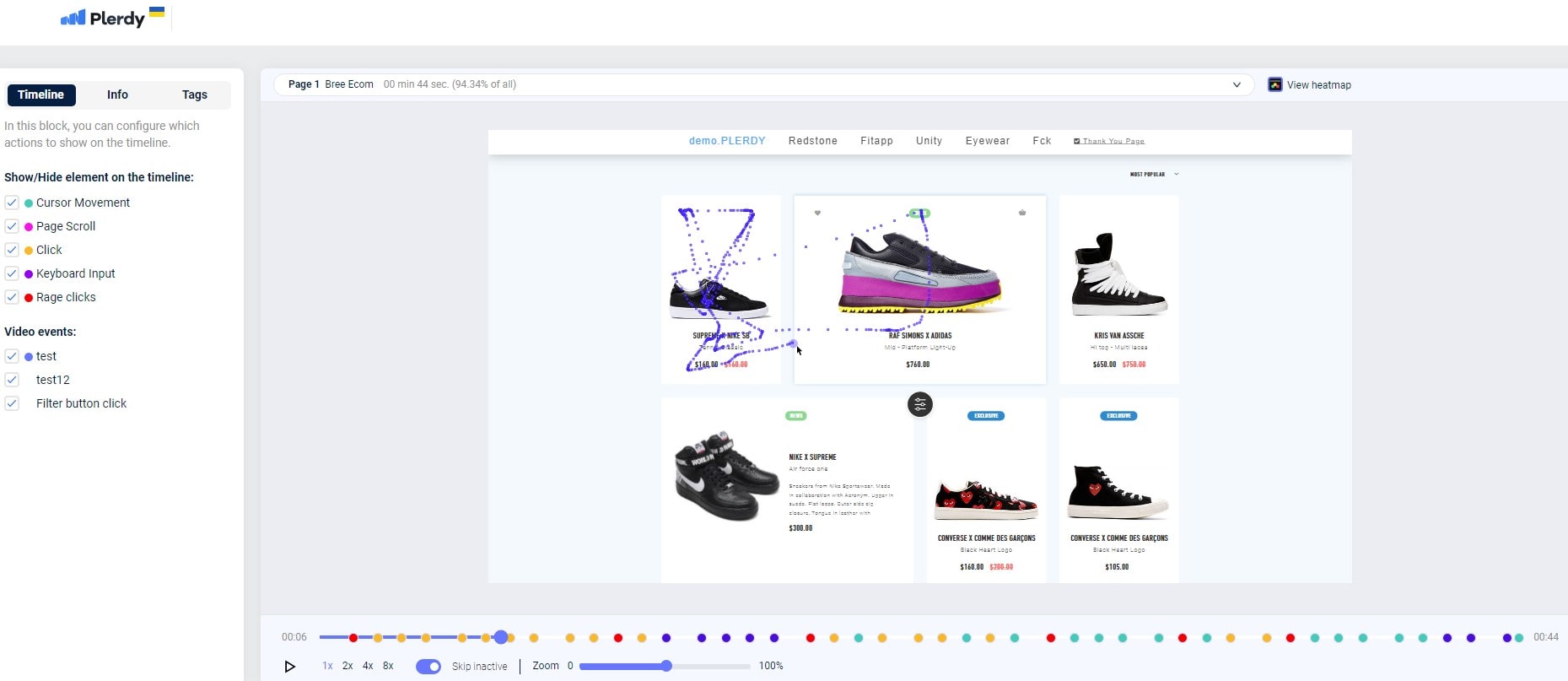
Personalization and Behavioral Targeting
Deeply exploring your customer data will help you to enhance your ecommerce marketing and raise consumer happiness. Personalizing emails is about presenting the appropriate offers to the appropriate individuals at the appropriate moment, not only including a name. Tracking preferences, prior purchases, and browsing behavior will help you to target customers with customized recommendations and offers. Assume a customer routinely examines fitness equipment but hasn’t bought anything; providing a discount voucher on running shoes can help. By use of heatmaps and other insights, tools such as Plerdy enable analysis of customer behavior, therefore providing a clear image of what consumers want. This strategy increases conversion as well as keeps your audience interested.
User-Generated Content and Social Proof
Particularly when shopping online, consumers rely on the views of others. Showcasing actual customer reviews, quotes, or even unboxing videos builds trust and confidence. Look at Amazon; they flourish in review areas that direct customer decisions on buying. Invite customers to post their experiences on sites like Instagram or to leave comments on your website. Show these reviews often to establish credibility. Social proof is not only a buzzword; it’s a necessary strategy in ecommerce marketing for attracting new customers.
Influencer and Affiliate Marketing
For your ecommerce marketing plan, influencers can be a major change-agent. From well-known personalities to micro-influencers with specialized audiences, every kind can personally relate to your target market. Still, selecting appropriate partners requires considerable preparation. These lists will assist you:
- Alignment of the audience: Make sure the following of the influencer match your perfect customer profile.
- Engagement counts more than follower counts; these rates show the level of activity and interest their audience shows.
- Deliverable clarity: From the beginning, set precise objectives, deadlines, and content standards.
- Measurement of performance Track traffic and conversion rates from every partnership using Plerdy or Google Analytics.
When used deliberately, these strategies can change your ecommerce marketing plan and enable you to expand your company and improve customer bonds.
Optimizing the Customer Journey

Website Navigation and Usability
A good customer experience in ecommerce marketing depends mostly on easy navigation of the user-friendly websites. Visitors won’t stay around if they cannot quickly locate what they need. Customers are kept interested by simple menus, well defined categories, and logical framework. For example, prominent corporations like Amazon give great attention to make their ecommerce site user-friendly. Recall: content visitors become devoted customers!
Mobile Optimization
Optimizing for mobile is not optional in the modern world; it is rather necessary for ecommerce success. Using mobile devices, over half of internet buying is done. This implies that you can lose possible customers and compromise your marketing campaigns if your website is not responsive. To increase customer satisfaction and conversion rates, speed up loading times and produce a navigable mobile version.
Conversion Rate Optimization (CRO) Strategies
CRO, or conversion rate optimization, is centered on trying several approaches to raise conversions, so increasing the performance of your website. One easy yet effective approach to find out what suits your ecommerce marketing is A/B testing. Change page layouts, button colors, or CTA text depending on statistics to best affect customer behavior.
Data-Driven Marketing and Automation
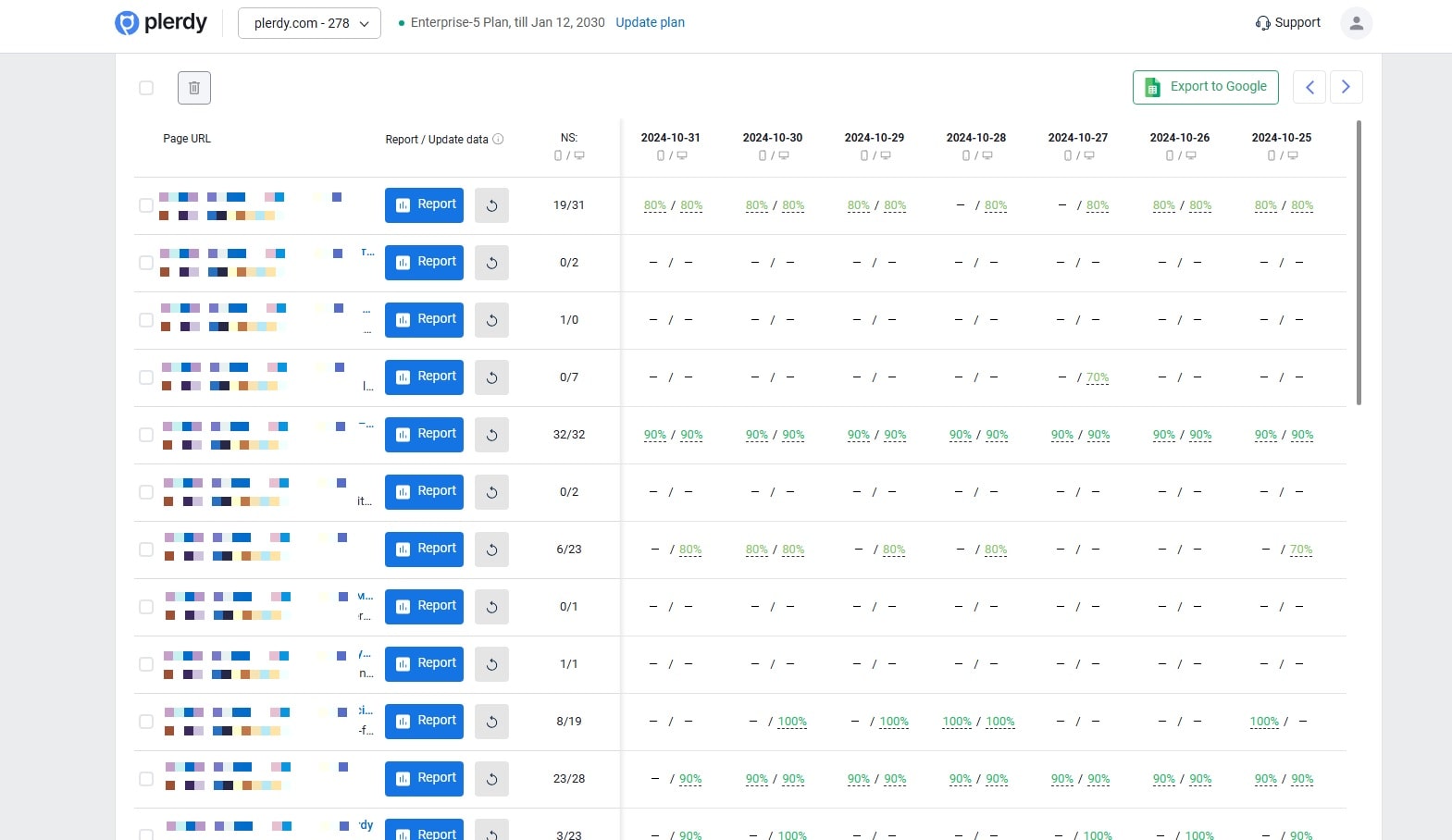
Leveraging Marketing Automation Tools
Using automation techniques might revolutionize ecommerce marketing. These instruments enable you to automatically handle routine marketing chores such customer follow-up, email campaigns, or even social network posts. And you have more time to concentrate on consumer connections when you are free from concern about these hand-operated chores. Tools like HubSpot, MailChimp, or Plerdy let companies create customized processes that respond depending on the behavior of a customer. For instance, the application can automatically send a follow-up email including a discount code should a visitor check your product page but not purchase. That’s right, sensible ecommerce approach.
Analyzing Data for Continuous Improvement
You cannot bypass the stats if you are to truly have an impact. Frequent review of your consumer data helps you to maximize your marketing initiatives and raise conversion rates. The staple of ecommerce are metrics such click-through rates, bounce rates, and sales conversions. Consider organizations like Amazon or eBay; they constantly improve depending on customer behavior data. You are most likely missing opportunities to improve your customer experience and general success if you are not looking at your numbers. Continue improving!
Key Tips:
- Automate chores to save time.
- Engage customers via processes grounded on actions.
- Regular evaluation of important indicators helps to maximize ecommerce plans.
Retention Strategies for Long-Term Success in Ecommerce Marketing
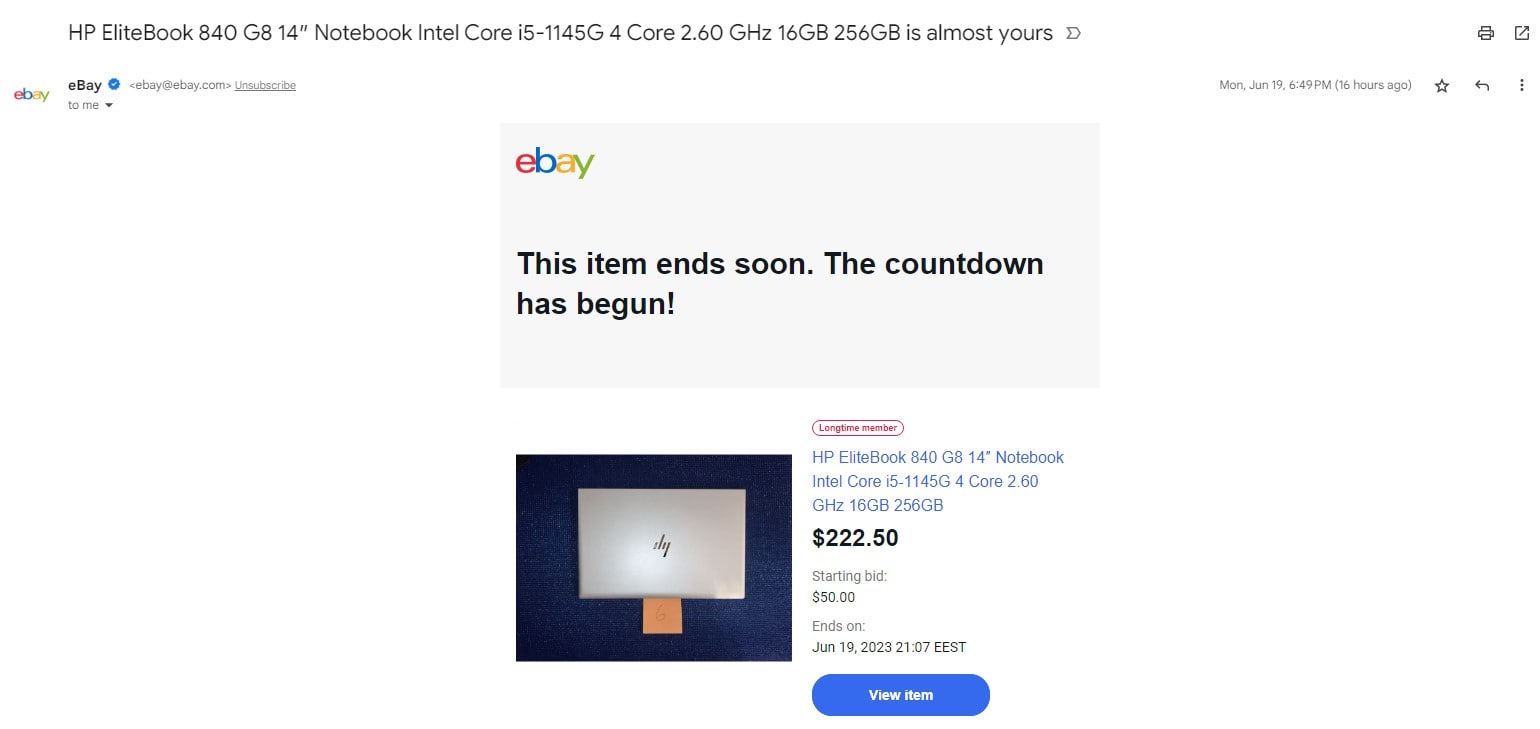
Loyalty Programs and Customer Rewards
Loyalty programs are revolutionary for maintaining customers returning in ecommerce marketing. Giving devoted consumers award points, unique discounts, or exclusive offers will have a big influence. Using their Beauty Insider program, big ecommerce firms such as Sephora have perfected this. The concept is straightforward: provide perks the customers cannot obtain elsewhere to make them valuable. This kind of customer-centered marketing not only motivates returning business but also transforms happy customers into brand champions.
Engaging Customers Through Personalized Communication
To establish deep relationships with consumers in ecommerce marketing, personalized communication is absolutely vital. Effective message delivery—such as birthday offers or product suggestions based on past purchases—dependent on customer data depends on your ability to For instance, depending on browsing and purchase behavior, Amazon emails products recommendations. This helps the brand to build trust and understanding among its consumers. Emphasizing consumer preferences and behaviors will help you to improve your marketing plan so that every interaction seems unique.
Key Tips for Retention in Ecommerce:
- Establish reward systems to inspire allegiance.
- Customize correspondence using customer information.
- Keep messages current and pertinent.
Including these retention strategies into your ecommerce marketing plan can not only raise customer satisfaction but also guarantee long-term corporate expansion.
Future Trends in Ecommerce Marketing
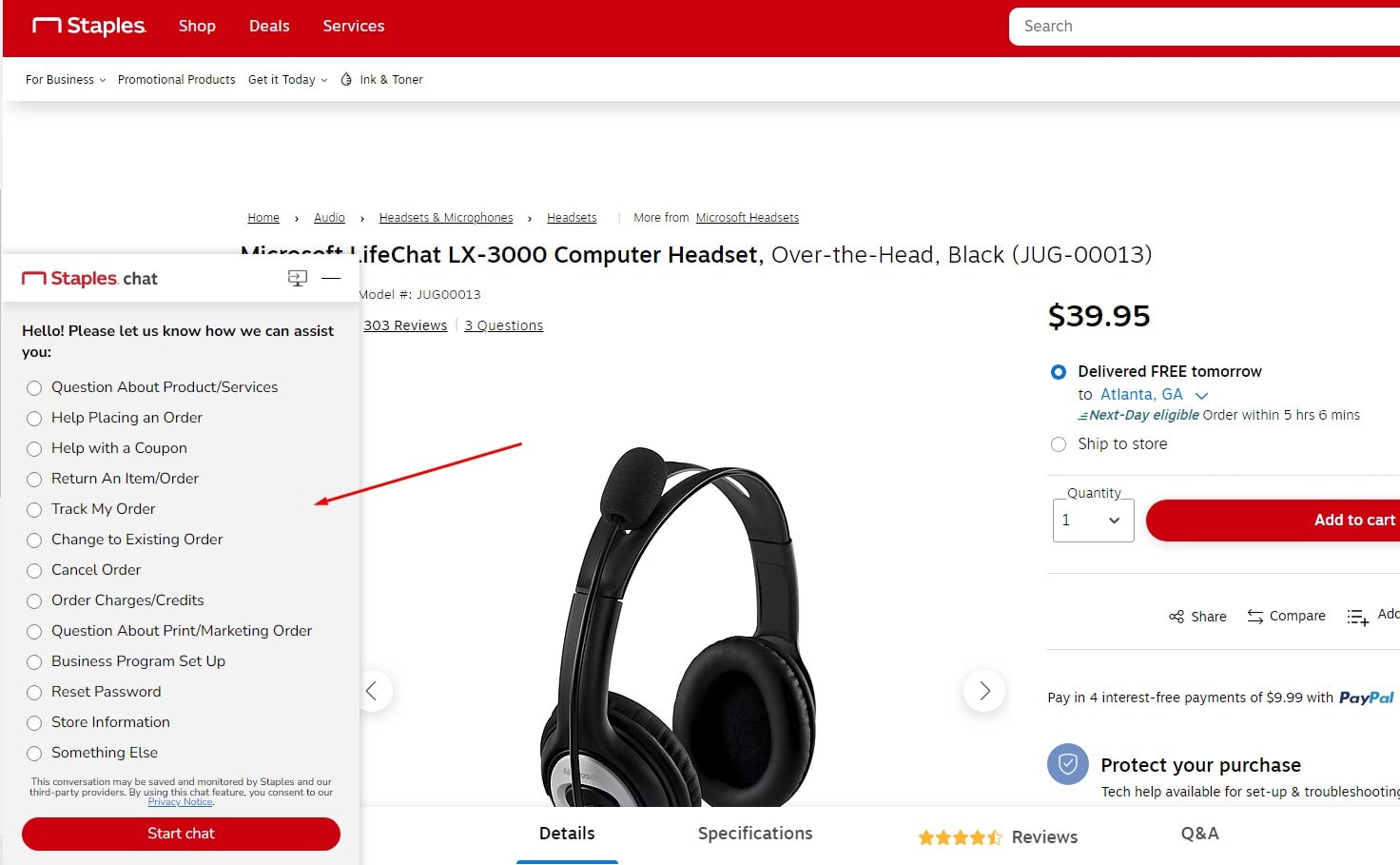
AI-Powered Personalization and Chatbots
AI is completely altering ecommerce marketing’s rules. Artificial intelligence is being used by businesses to customize customer experiences formerly unheard of. Companies using artificial intelligence may examine vast amounts of customer data to suggest items that would appeal to every consumer. Has Amazon or Netflix ever sent you those ideal recommendations? At work, that is artificial intelligence. Not overlooked are chatbots, which by providing 24/7 help and quick answers to questions are saving time and increasing customer satisfaction. Automation with a personal touch!
Voice Search Optimization and Social Commerce
People now more often consult their devices utilizing voice search to find what they need. You could thus miss out if your ecommerce marketing plan does not incorporate maximizing for voice. Consider this: voice drives twenty percent of smartphone searches. Additionally social commerce? Thanks to sites like Instagram and TikHub, it is explosive. Companies are increasingly selling straight through articles and posts, so shopping is a seamless experience for their audience.
Key Future Trends:
- AI customizing grounded on customer behavior
- Chatbots for 24-hour customer assistance
- Optimizing for searches for voice
- Direct selling via social media
Adopting these trends and improving your techniques can help you to keep consumers interested and satisfied, therefore staying ahead in ecommerce marketing.
Conclusion
Success in ecommerce marketing goes beyond mere arrangement and letting things run. Learning, testing, and adjusting to new patterns constitute an ongoing road trip. Always keep in mind; your customers are central in everything. Pay attention to them, keep a watch on fresh tools, and don’t hesitate to test several marketing strategies. There is always space to develop whether it’s entering into social commerce on TikHub and Instagram, optimizing for speech searches, or using AI-powered chatbots. Continue implementing your plans; never accept “good enough.” The finest outcomes derive from being data-driven and flexible. Maintaining it will help you to see those conversions skyrocket!
